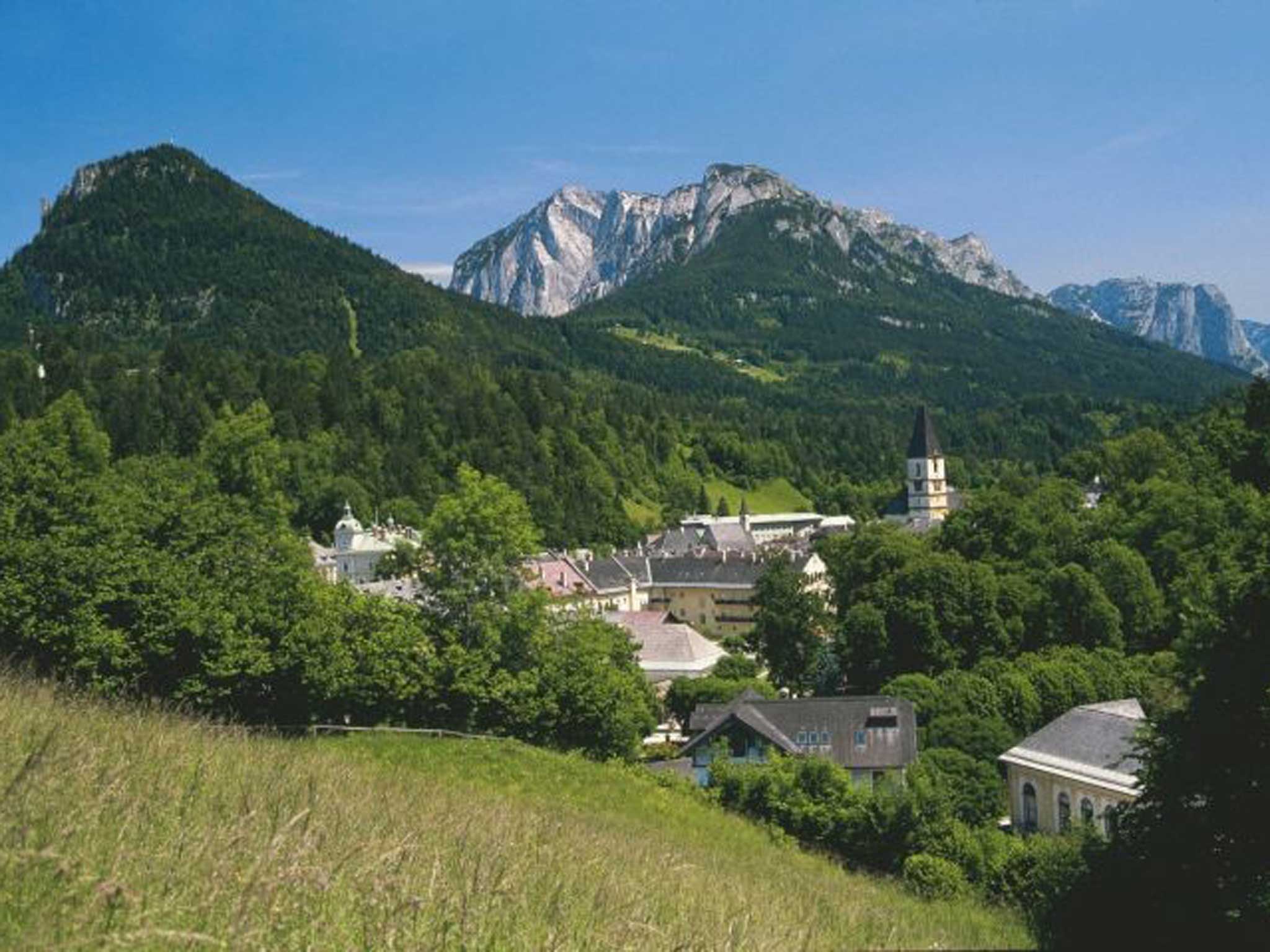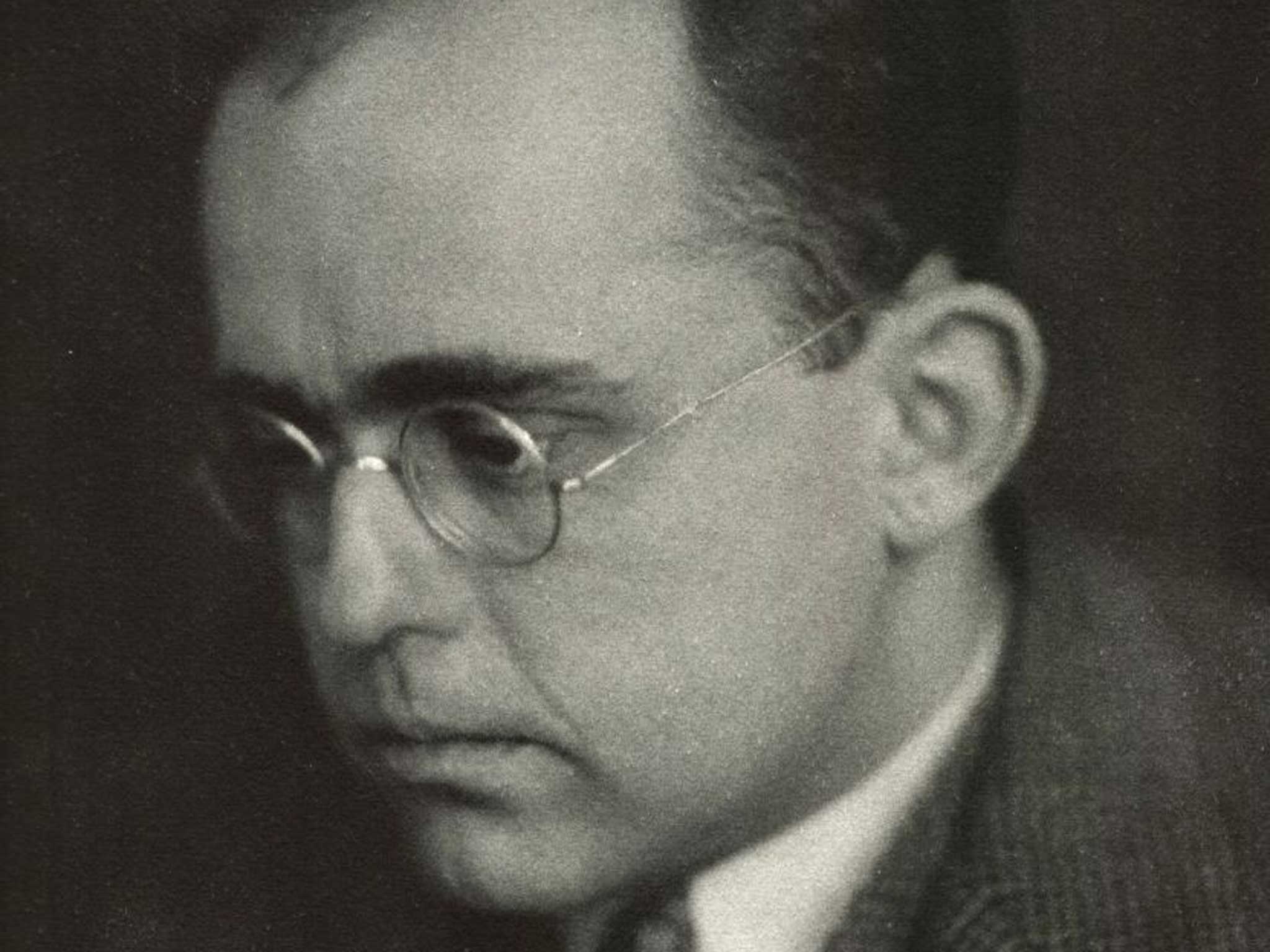Nazi art stash linked to The Monuments Men mine
The uncovering of a fresh Gurlitt family hoard may be related to the subterranean collection in George Clooney’s film

Your support helps us to tell the story
From reproductive rights to climate change to Big Tech, The Independent is on the ground when the story is developing. Whether it's investigating the financials of Elon Musk's pro-Trump PAC or producing our latest documentary, 'The A Word', which shines a light on the American women fighting for reproductive rights, we know how important it is to parse out the facts from the messaging.
At such a critical moment in US history, we need reporters on the ground. Your donation allows us to keep sending journalists to speak to both sides of the story.
The Independent is trusted by Americans across the entire political spectrum. And unlike many other quality news outlets, we choose not to lock Americans out of our reporting and analysis with paywalls. We believe quality journalism should be available to everyone, paid for by those who can afford it.
Your support makes all the difference.The mystery over the billion-dollar art hoard gathered by Hildebrand Gurlitt has again deepened with the discovery of another 180 masterpieces and the emergence of another property now suspected to have been a warehouse for art looted by the Nazis.
The latest find, including a 1903 Monet oil painting of London’s Tower Bridge worth an estimated £8m, a bronze sculpture by Renoir and drawings by Gauguin, Cezanne and Picasso, was allegedly recovered from a property belonging to Hildebrand’s son Cornelius. He claimed he had inherited the collection from his father, who took orders from Hitler to buy and sell so-called “degenerate art” to fund Nazi activities during the Second World War.
Cornelius Gurlitt aroused suspicion in 2010 when German customs officials stopped him on a train from Switzerland carrying a large sum in cash. When authorities raided his Munich apartment in February 2012 on suspicion of tax evasion, they stumbled upon the vast art collection. The discovery only emerged when it was leaked to the German magazine Focus.

The investigation led to another property owned by Mr Gurlitt in Salzburg, western Austria, where 60 paintings were discovered. But it has now emerged that another 180 works have been added to his private collection, and local reports link them to a third property in Austria.
A journalist from the Vienna-based television station Puls 4 revealed last week the existence of the third house linked to Mr Gurlitt, which is thought to have been used as a storage depot for the family collection and is said to have been “stuffed with art” until 2012. The total number of works recovered now stands at 238.
Hildebrand’s cousin, Wolfgang Gurlitt, was also active on behalf of Hitler in acquiring artworks and, like Hildebrand, had used his Jewish ancestry to supposedly help Jewish refugees by acquiring their artwork at a fraction of its value. According to property title deeds published by Puls 4, the Bad Aussee estate was occupied by Wolfgang Gurlitt and is still in family ownership.
The “huge estate” in the village of Bad Aussee, Styria, is home to Roman salt mines that were used to store some 6,000 artworks, which Hitler tried to destroy shortly before the war ended. It is estimated that less than half of the collection, recently featured in the George Clooney film The Monuments Men, was returned to the original owners.
German authorities have faced international criticism for failing to publish immediately the full list of artworks, and for keeping silent for nearly two years about the finds.
Last week, the Süddeutsche Zeitung newspaper quoted Mr Gurlitt’s lawyer, Christoph Edel, as saying his client wanted to “return all (artworks) that have been stolen or robbed from Jewish ownership to each of their owners or descendants”.
Hildebrand was elected the director of the Kunstverein, Dusseldorf’s venerable art institution and died unexpectedly in a car crash in 1956. His son Cornelius, now 81, has been declared unfit to manage his affairs because of his age and infirmity.
Mr Edel and Austrian investigators have declined to comment on the contents of the Bad Aussee property.
Join our commenting forum
Join thought-provoking conversations, follow other Independent readers and see their replies
Comments